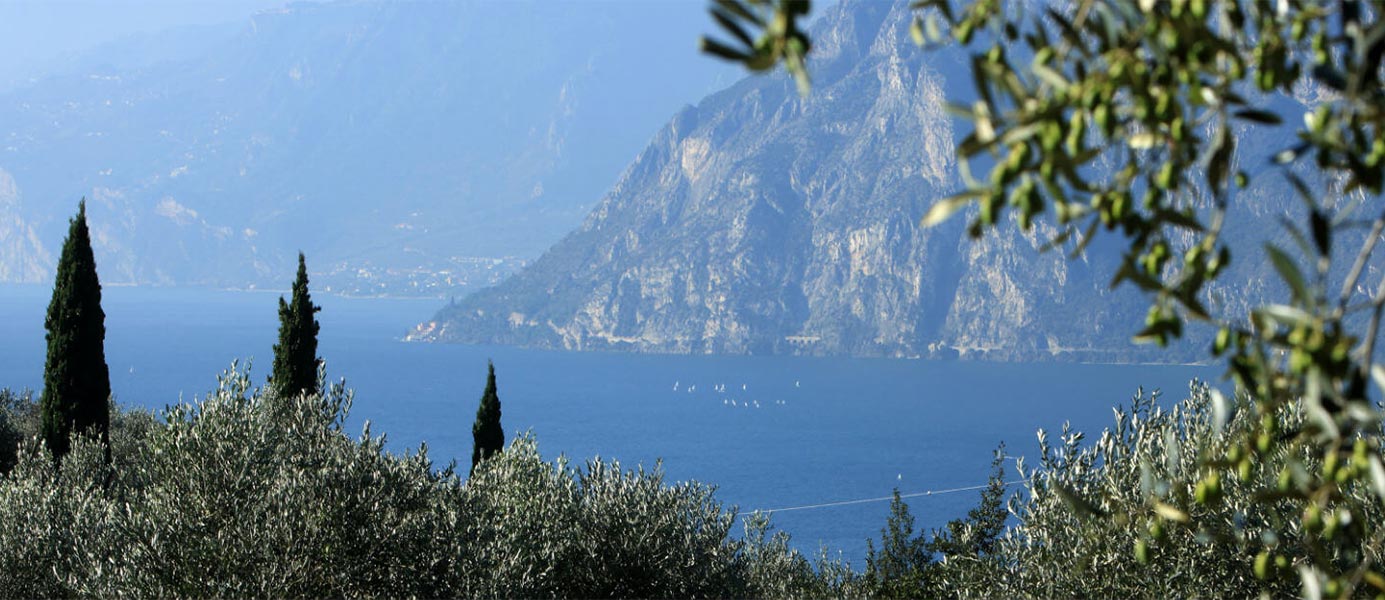Its color is gold, and its characteristics are magical. With daily consumption — a teaspoon is enough — it can help reduce the risk of cardiovascular disease and even breast cancer. Nothing supernatural, though: this is simply extra virgin olive oil, which, along with wine, is one of the most important ingredients of the famed Mediterranean diet (which, in 2010, was added to the UNESCO Representative List of the Intangible Cultural Heritage of Humanity).
So valuable is this product in the Mediterranean area that its origins are linked to many myths. Known for its extraordinary longevity and resilience, the olive tree continues to grow powerfully and to bear fruit through even the driest summers and the harshest winters. Which is why, in the past, Middle Eastern civilizations believed olive oil gave strength and youthfulness to those who consumed it, and used it to treat many illnesses and disorders.
In spite of this endurance, however, the geographic range of olive trees is limited. They require a mild climate to grow, thus in Europe are mainly cultivated in places like Italy, Spain, Portugal and Greece. In Italy specifically, they’re found most notably in the southern and central regions, which supply over 80% of the national oil output. Northern production areas, on the other hand, are quite limited.
In Lake Garda, however, which sits at the crossing of Trentino, Veneto and Lombardy in Italy’s northeast, olive oil has thrived since the Middle Ages. as both food and medicine. Geographically, the presence of Italy’s largest lake as well as mountain ranges to the north both mitigate an environment which, at this latitude, would otherwise be hostile to the ripening of olives.
 During the Renaissance, the area’s inhabitants worked to delineate typical features of the landscape around Lake Garda. Slopes were redesigned with elaborate agricultural works, which became terraced structures overlooking the lake, suitable for growing olive groves: the “Riviera degli Ulivi,” an amazing place renowned all over the world. Once reserved only for the wealthy — because about 10 pounds of “Gardesano oil” was worth as much as a whole, large pig, which could feed a family for weeks — people even used it as a currency to pay taxes. Today, this oil remains coveted for its unique characteristics: delicate and fruity flavor with an aftertaste of bitter almond, and very low acidity (less than 0.5%).
During the Renaissance, the area’s inhabitants worked to delineate typical features of the landscape around Lake Garda. Slopes were redesigned with elaborate agricultural works, which became terraced structures overlooking the lake, suitable for growing olive groves: the “Riviera degli Ulivi,” an amazing place renowned all over the world. Once reserved only for the wealthy — because about 10 pounds of “Gardesano oil” was worth as much as a whole, large pig, which could feed a family for weeks — people even used it as a currency to pay taxes. Today, this oil remains coveted for its unique characteristics: delicate and fruity flavor with an aftertaste of bitter almond, and very low acidity (less than 0.5%).
Here, the most common varieties are Casaliva, Frantoio, Leccino and a few indigenous others. The 67 municipalities involved in cultivation span the 3 regions: Veneto, Lombardy and Trentino, with additional sub-regions. Though the Protected Denomination of Origin (DOP in Italian) is the same, labels may read Garda Trentino DOP, Garda Bresciano DOP or Garda Orientale DOP, and oils from each region do vary slightly in flavor. This way — the producers say — consumers can enjoy different olive oils with different types of food.
They’re not wrong: I experienced the versatility of Garda DOP olive oil myself, tasting it drizzled it onto ice cream and even mixed into cocktails. Both were surprisingly delicious!

In order to determine which are the finest olive oils of Garda, the local trade consortium has been organizing a contest for some years. In June of 2016, this evolved into an festival called WardaGarda, featuring a weekend of workshops to learn how to taste olive oil and pair it correctly with food, along with cooking shows, dinners, and an exhibition of olive oil producers. It’s a fun, educational event worthwhile for anyone interested in these products.
Garda’s olive oil is exported everywhere — though in extremely limited quantities. As such, to ensure a Garda oil is authentic, pay attention to the label, which must have the Consortium’s certification mark.
When tasting, keep in mind the following:
- Oil that has bite (a tingling, peppery sensation) on the back of the tongue or palate means it is rich in polyphenols, and is therefore of good quality.
- If the oil is sweet (or almost sweet), be careful! It is getting old. Fresh olive oil is quite bitter, and mellows as it ages.
- Oxidation starts at the moment of bottling, so good oil should be consumed within 18 months of the harvest date.
- Light and heat are enemies of good quality oil. Look for bottles made with the darkest possible glass, and always store them in a dark, cool part of the kitchen.
For more on how to purchase and use high-quality extra virgin olive oil, check out the Palate Press story Extra Virgin Olive Oil: Treat it Like Wine.

